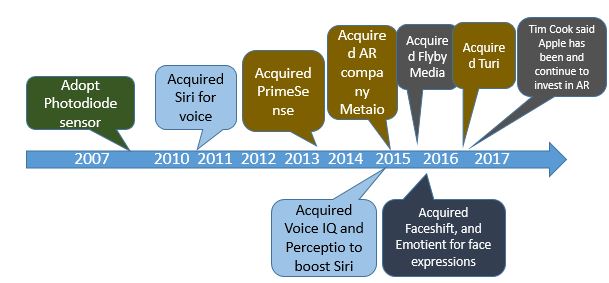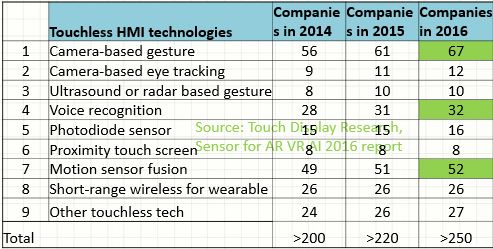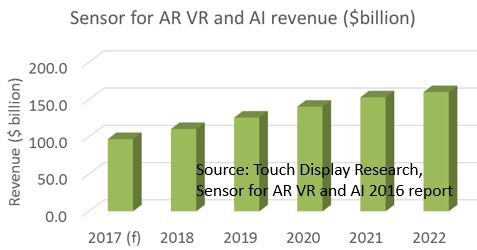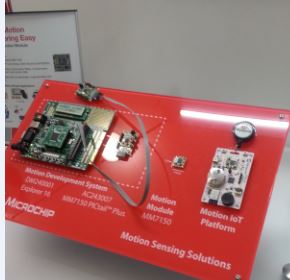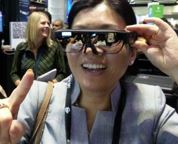November 12, 2020, by Jennifer Colegrove, Ph.D. Touch Display Research Inc.
Wearable healthcare devices are adding more and more healthcare functions. For example, the Apple Watch has had an EKG function since 2018. Samsung’s smart watches are adding the ability to monitor blood pressure in 2020. From heart rate monitors to glucose sensors, wearable healthcare devices can cut the cost of health care and track health condition continuously.
In the newly published “Wearable Health Sensor 2020 -2030 Report,” Touch Display Research surveyed and analyzed many health sensor technologies, wearable healthcare device suppliers, and healthcare providers. This report analyzed 17 types of wearable health sensors, including thermometers, blood oxygen sensors, heart rate sensors, ECG (EKG) sensors, blood pressure sensors (both contact and contactless), respiration rate sensors, motion sensors (wearable), glucose sensors, brain wave sensors, and sleep sensors, etc.
Figure. Wearable Health Sensor 2020 – 2030 Report
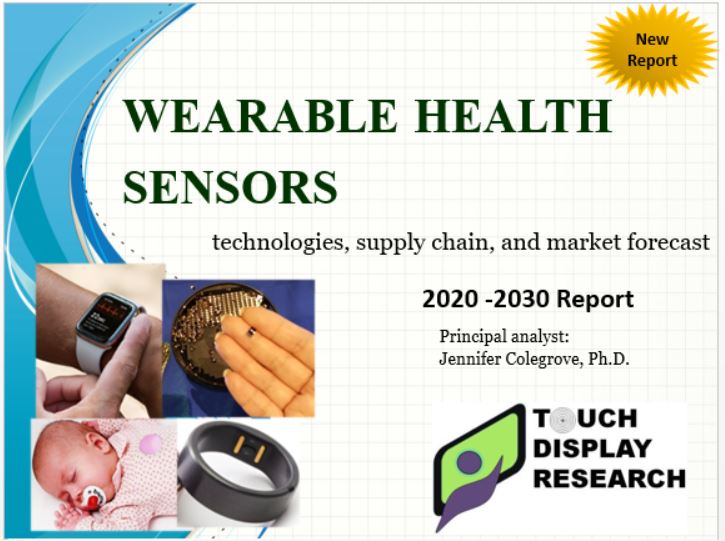
Source: Touch Display Research Inc., October 2020
This report profiles over 170 companies working on healthcare sensors and devices.
Touch Display Research forecasts that wearable health sensors will create billions of dollars in opportunities for MEMS suppliers, electrochemical sensor suppliers, printed electronic suppliers, and other semiconductor manufacturers, OEMs and ODMs.
Market data in the report includes 1 year of history data (2019) and 11 years forecast data (from 2020 to 2030).
Thanks for reading,
Dr. Jennifer Colegrove and team
What our clients say
“I enjoyed reading your Quantum Dot report, it’s very informative as promised…”—a client of our Quantum Dot report
“The Micro and Mini LED report is very helpful. Before, we know our technologies well, now with your report, we know all our competitors out there and their Pros and Cons too.”—a client of the Micro and Mini LED report.
“I recommended your Smart Windows Report to my company, and then my company bought it. The report is very useful– it opened a whole new world for us.” —a client of the Smart Window’s Report.
“We bought your Touch Panel for Vertical Market report two years ago, and based on the report, we formed a new division to target those markets, and now that division is doing very well.”—a client of the Touch Panel for Vertical Market report.
“Great report. It’s very thorough.”–a client of our ITO-replacement report
New Trends
- Automotive touch screen, touchless, micro and mini LED and smart windows at SID Vehicles Displays and Interfaces 2020 conference
- Automotive touch, display, ADAS touchless HMI 2020 report
- Touchless technology assists blog on SEMI website
- Micro and Mini LED 2020 to 2030 Report
- Quantum dot for agriculture market
- Touchless HMI 2020 report introduction (Video)
- Samsung and LG focus on Micro LED
- Facebook, Plessey, Apple and micro LED industry
- Coronavirus impact on display market
- Flex 2020 conference is very successful
- SID LA chapter one-day conference is very successful
- CES 2020 special report
- Apple is number 3 in micro LED display patents
About Touch Display Research Inc.
Touch Display Research, Inc. (https://TouchDisplayResearch.com) is a technology market research and consulting firm specializing in touch screen and emerging display technologies such as OLED displays, quantum dots, flexible displays, e-paper displays, ITO-replacement, Active pen, near-eye displays, smart windows, micro & mini LED, gesture controls, voice controls, and eye controls. Touch Display Research helps technology companies grow and connecting their technologies to the marketplace. We have been writing about OLED industry for over 10 years. We were the first company to publish Quantum Dot market reports. We were the first company to publish Active Pen market report, and ITO-replacement market report. We have always been there to analyze new and emerging technologies. Touch Display Research provides reports, consulting, and due diligence to touch suppliers, display manufacturers, semiconductor companies, consumer electronics ODMs/OEMs, material suppliers, investors and venture capitalists. For report and consulting, please visit our website: TouchDisplayResearch.com.
Touch Display Research Membership subscription
Touch Display Research offers membership packages for corporations and businesses who would prefer to purchase several of our services at the same time. We offer three levels of membership: Gold, Silver and Bronze. Please see the website membership page for more details.

